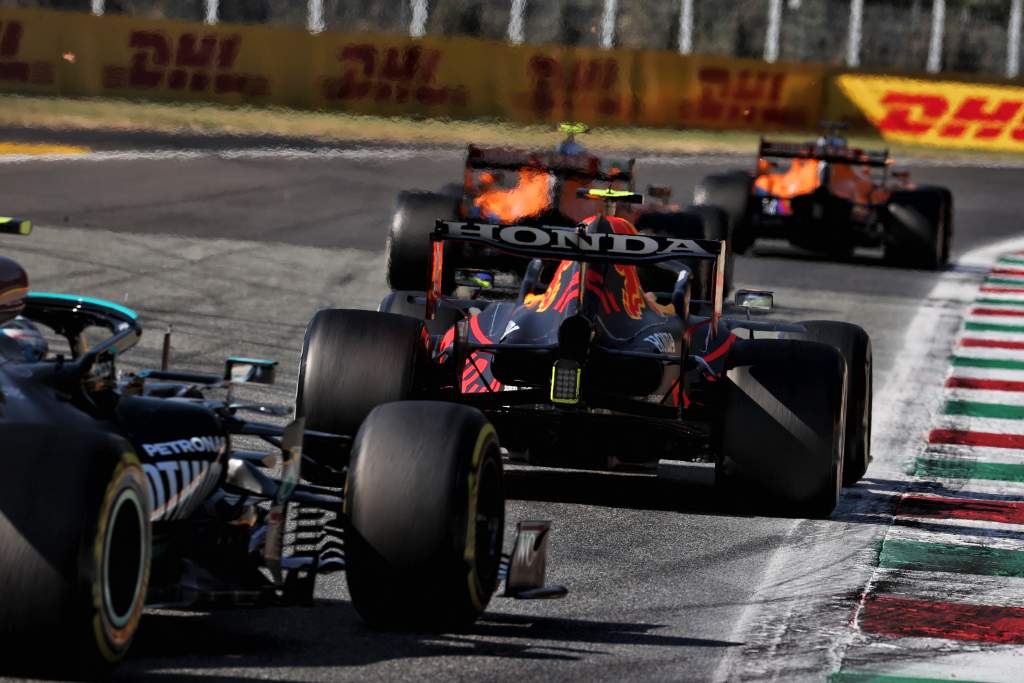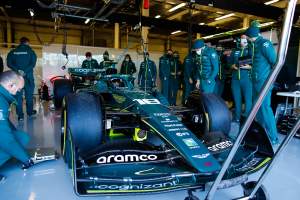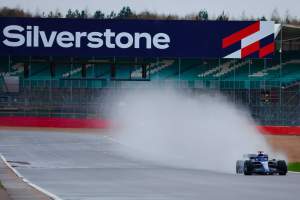Up Next

Formula 1’s radical rule changes may cause the field to “scatter” initially in 2022 but that is a price worth paying to protect the championship from a worse long-term fate, Ross Brawn reckons.
In addition to one of the greatest title fights in its history last year, F1 enjoyed a varied season in which 13 drivers across eight teams scored podiums and six drivers from four teams won a race.
With close power unit convergence finally materialising in the V6 turbo-hybrid era and a tighter bunching of the teams, this can be interpreted as an inopportune moment for sweeping rule changes that could widen the spread again.
However, last year was unique in that the cars were carried over from 2020 because of the coronavirus pandemic, with development limited – and while there have been several entertaining grands prix in recent seasons, the problems of the high-downforce cars when it comes to wheel-to-wheel racing have remained obvious.
For that reason, F1 managing director of motorsport Brawn believes that regardless of what the 2022 rules do to the competitive spread initially, it will be worth it because the new generation of cars should be significantly better at following and racing.
“Due to the nature of new regulations, inevitably when we start the season, we may see some scatter in the performance of the teams,” said Brawn. “I think that’s unavoidable.
“But I also think it’s unavoidable to go that route, I think staying where we were was just going to get worse and worse.
“We’ve had a little hiatus in a way with COVID, because the teams have been constrained in what they have been able to do there, they had to use the same chassis as of various other parts.
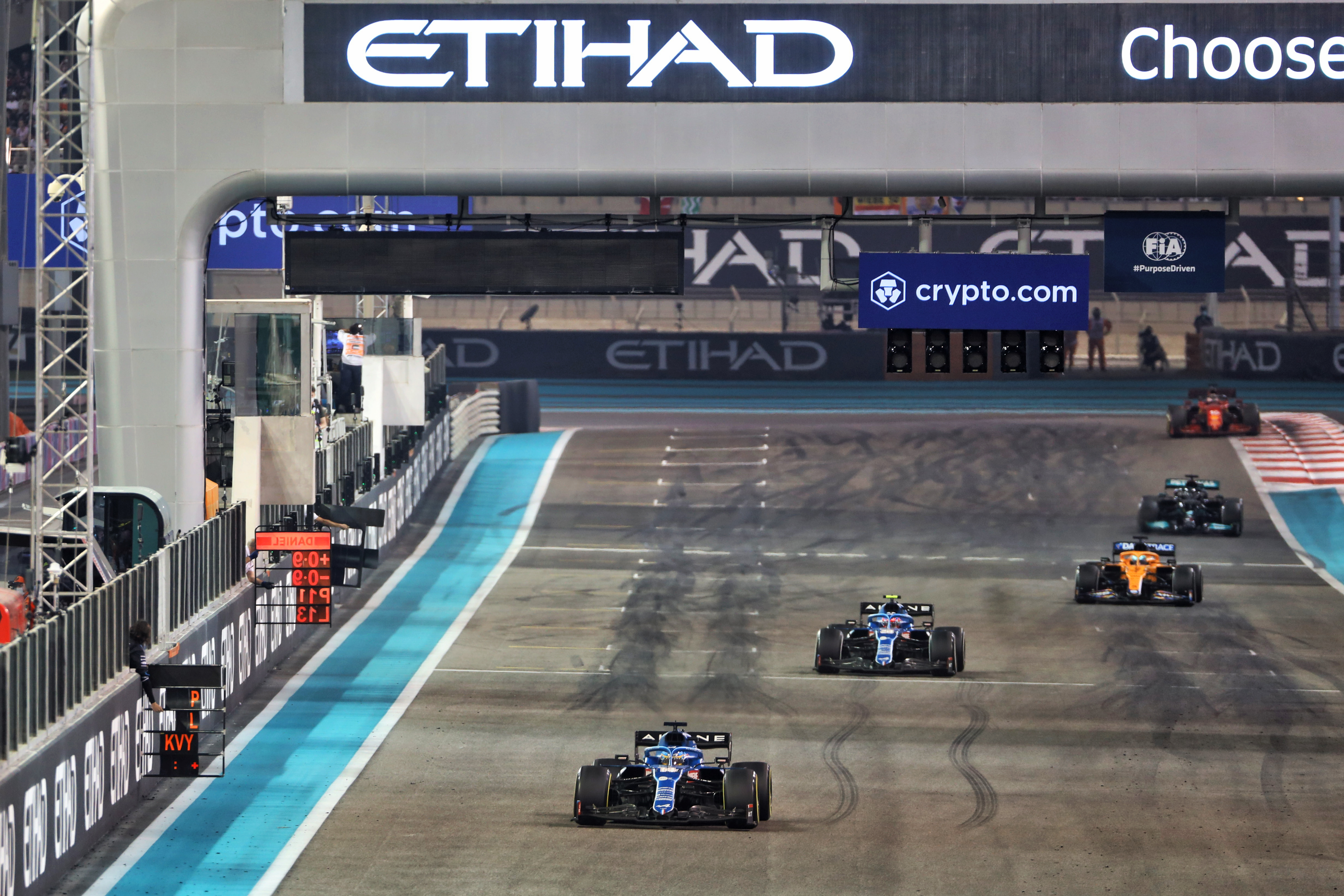
“There’s no doubt the cars would just continue getting worse and worse and worse.
“And there were some quite complex aspects, the cars we were racing, which was causing differentiation between the teams as well.
“If you look at the simple thing, like a 13-inch wheel or an 18-inch wheel, getting a 13-inch wheel with all the movement of the tyre to be representative in a wind tunnel was a fascinating but massive exercise.
“And as soon as you go to an 18-inch wheel, the movement of the sidewall of the tyre is much reduced. And is much less complex for a team to be able to model and represent.
“Every decision we’ve made has been towards not dumbing down the sport but making it more achievable for more of the teams to get a closer competition going on in the future – while still leaving it a meritocracy, so the best teams still win.
“So I think there’ll be a bit of disparity in the beginning. We all know that with new rules.
“But I’m not expecting a huge disparity unless somebody makes a complete cock up. I’m confident these rules, and this regime and this culture, will lead to much better racing.”
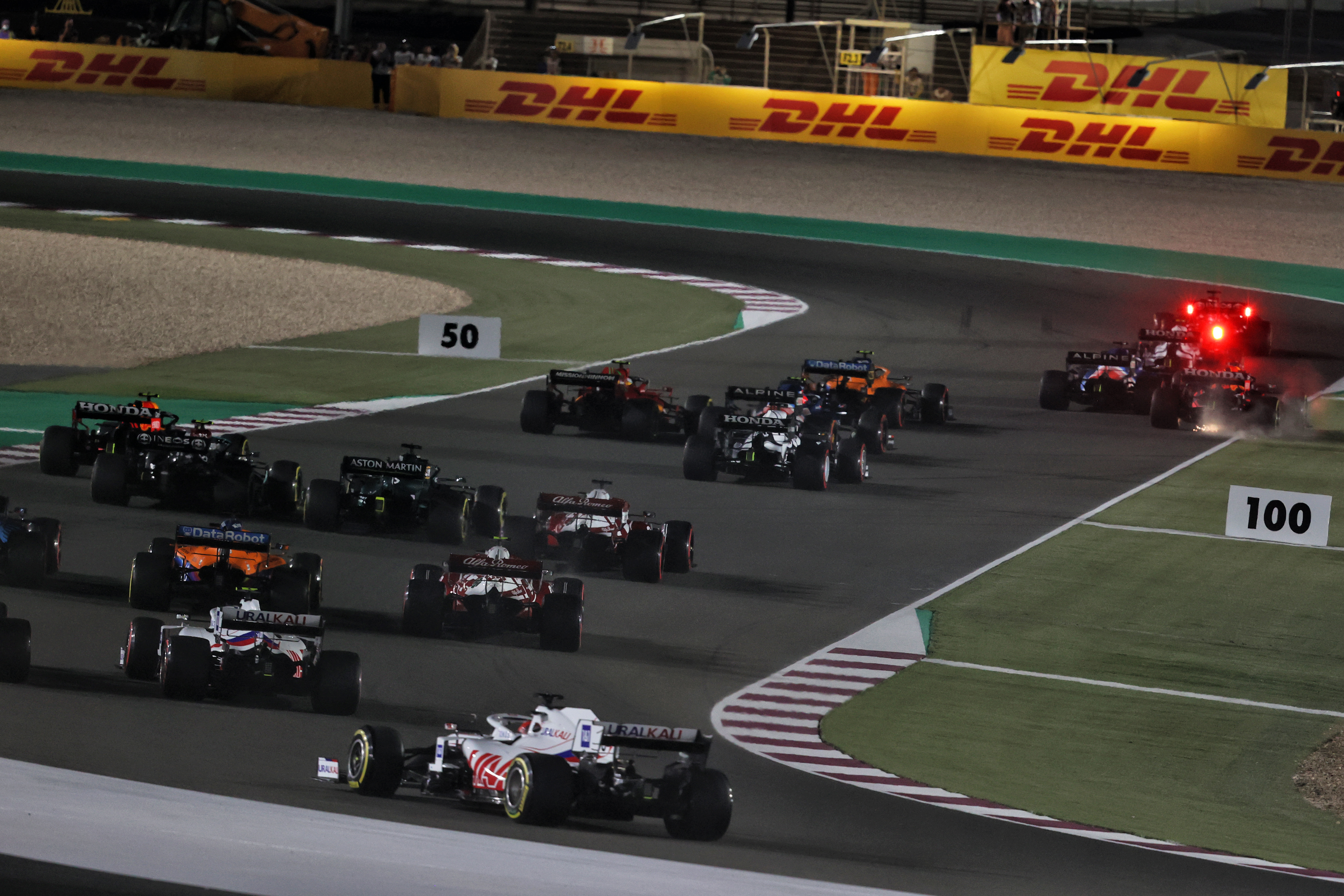
The new rules have been created after a dedicated hands-on research programme conducted by F1 and the FIA, which effectively created their own aerodynamics department to study the previous generation of cars and identify the problem areas to tackle.
This was an unprecedented programme from F1’s stakeholders as previously any research efforts depended on the teams themselves, which Brawn admitted “can never be a number one priority, you do it as a sideshow”.
Their research found that the cars were leaving a very turbulent wake as they cut through the air, which was detrimental to the following car – and the way the cars were designed from the front wing backwards also made them more sensitive to that wake.
That helped them identify that the front wing, bargeboard area, leading edge of the floor and diffuser all needed to be revised, to try to leave a kinder wake and have the cars less sensitive to it anyway.
The simulations conducted by the rulemakers found that whereas the previous generation of cars only had around 57% of downforce while one car length behind another, the 20th evolution of the F1/FIA 2022 car simulation was still retaining 85% of its downforce.
While this is not expected to reflect the final experience now the teams have been developing their own cars to the regulations, the FIA’s behind-the-scenes checks of what the teams are developing have not found anything that the governing body believes undermines the intent of the new rules.
Brawn said that even if the real numbers fall short of those simulations they will still be considerably better than the “dreadful” cars that came before, plus once there is real-world evidence of how the new cars follow then the rules can be adjusted.
“As a consequence of pursuing performance, we may see that we don’t quite hit a bull’s eye in terms of following,” Brawn said.
“But I think it’d still be so massively ahead of where we were, because the cars were dreadful.
“If we’re 5% worse [than simulated] that we will still be a long way ahead of where the old cars are. And then we’ll evolve it.”

